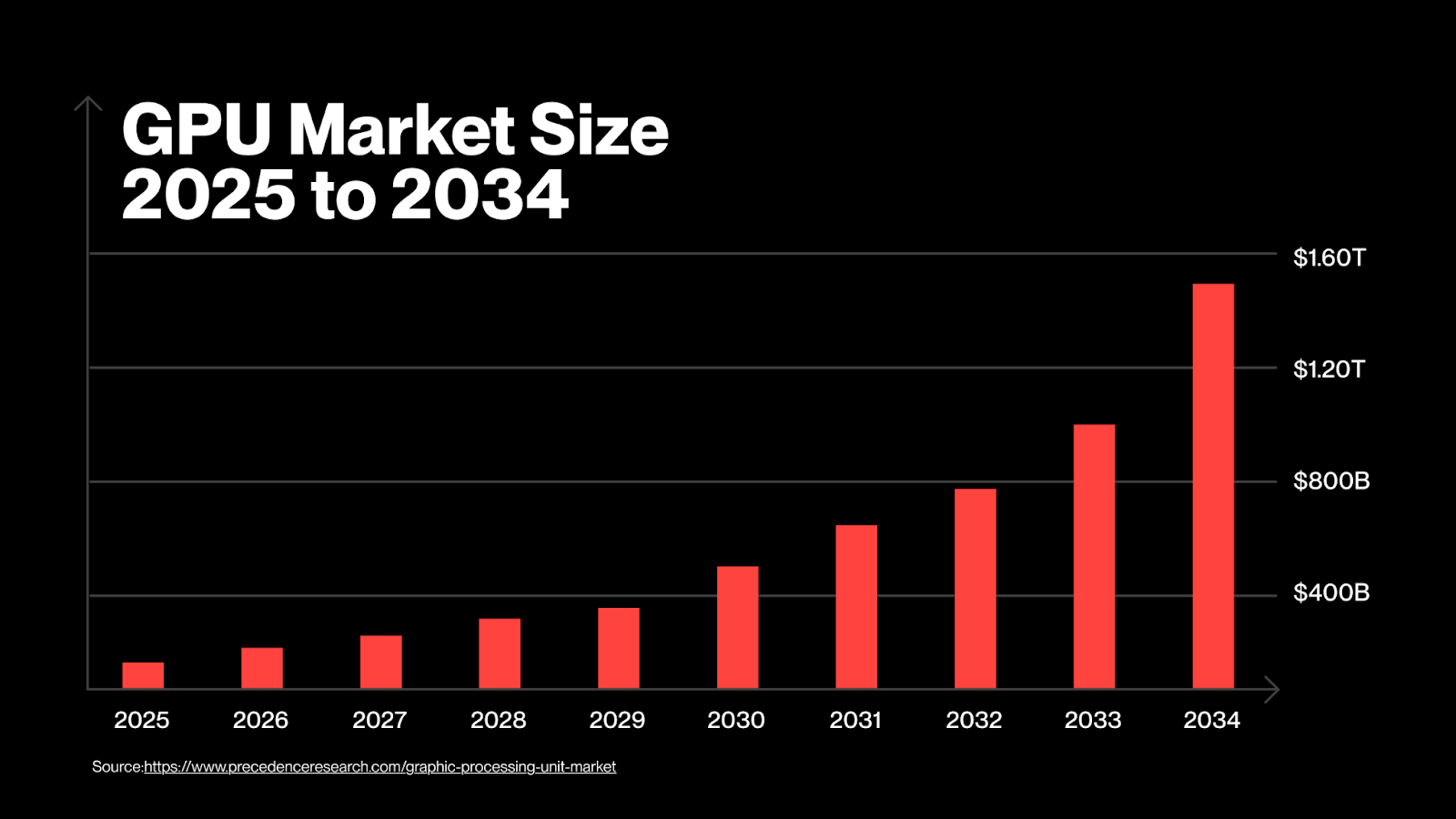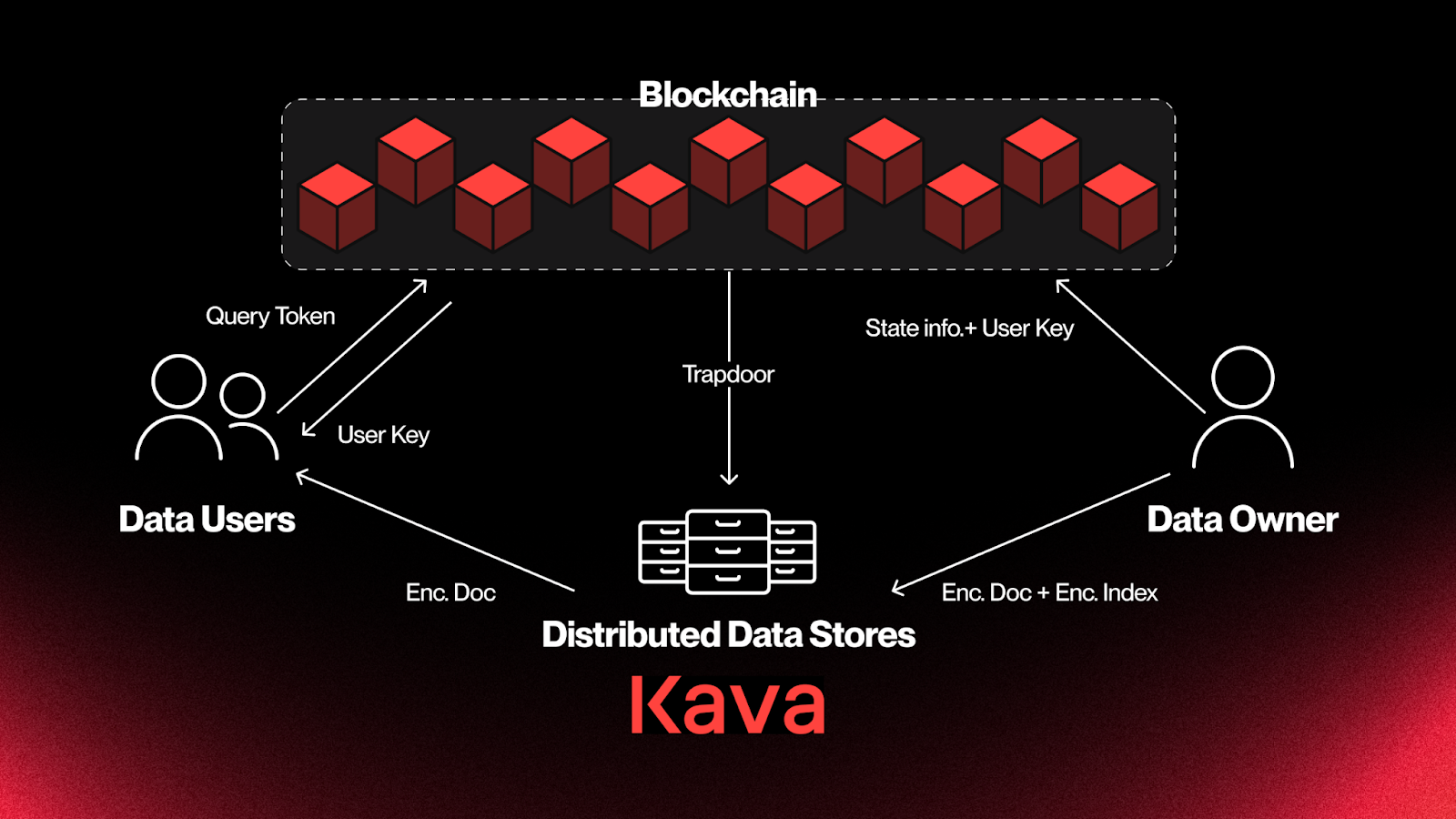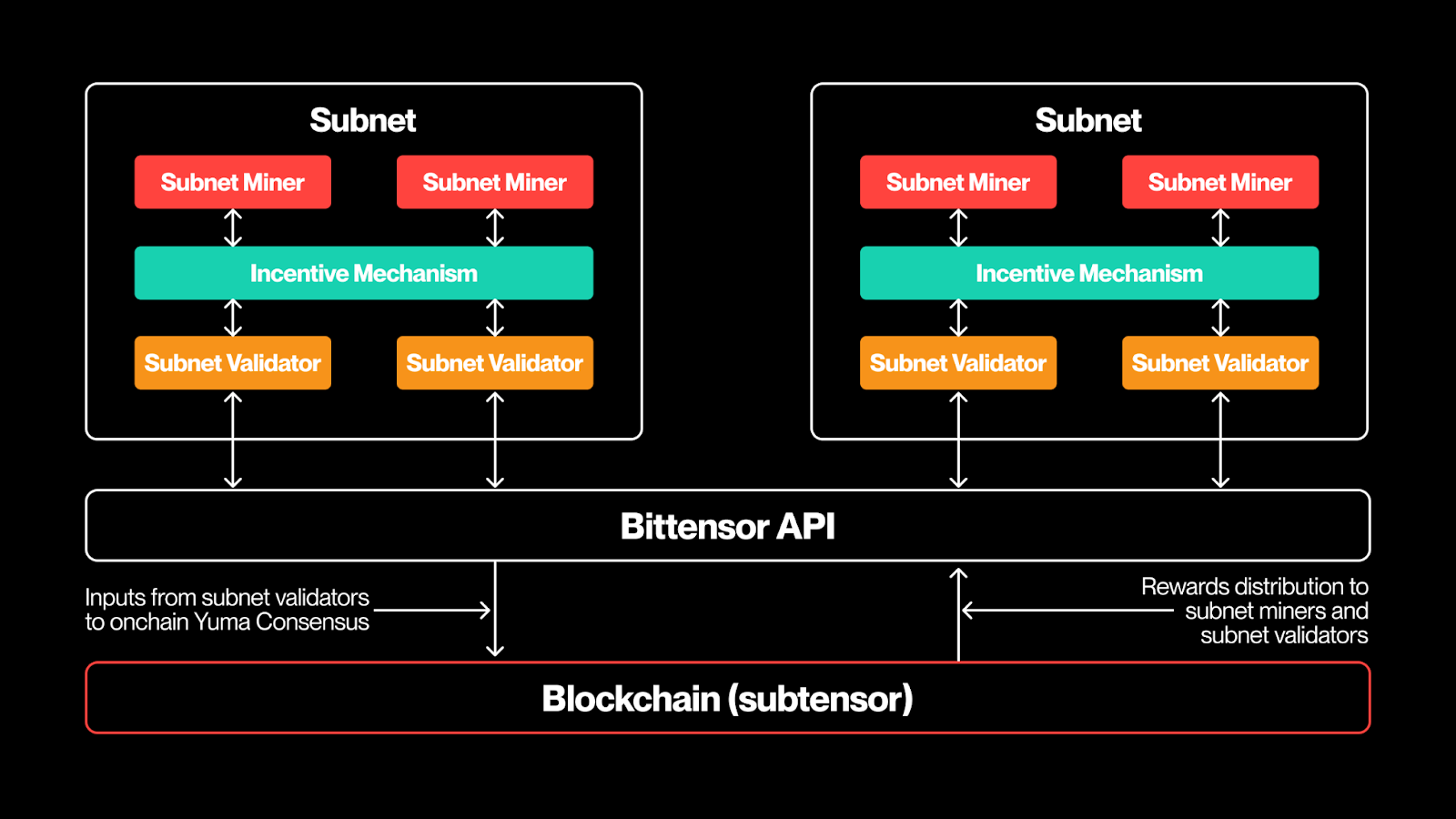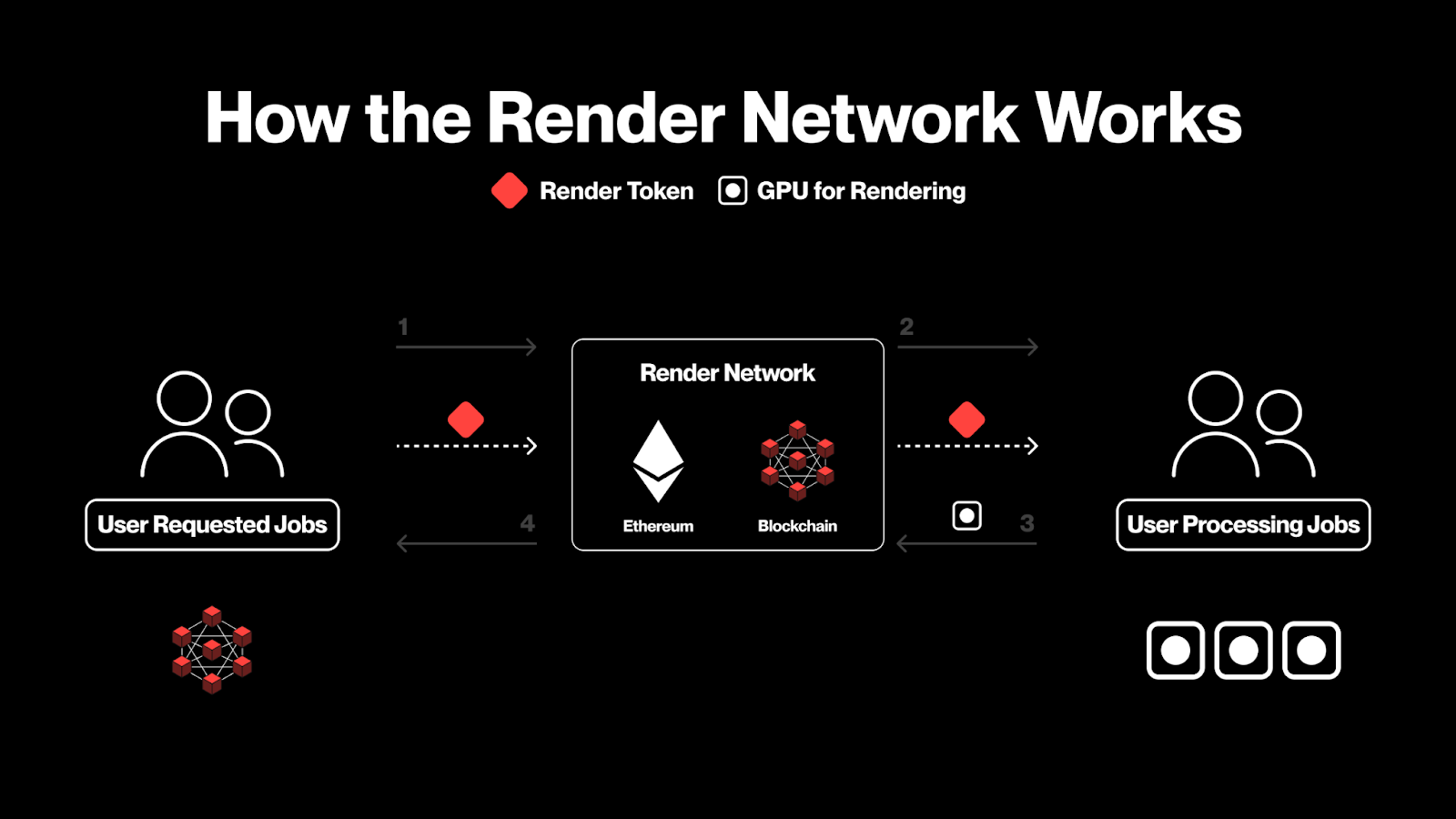The Great AI Decentralization: How American Crypto Projects Are Breaking Big Tech's AI Monopoly

The release of ChatGPT3.5 in November 2022 marked the beginning of the modern AI era. We covered this defining period in the initial entry to the series on the next great industrial revolution. Since then, artificial intelligence has only risen in both popularity and investment. We recently explored the massive amount of capital that Wall Street and VCs are pouring into the space, with over $100 billion and 46.4% of the total $209 billion raised in 2024 alone.
This volume of investment is creating a fundamental shift in the power structure of American tech companies. Cloud providers that rose to prominence in Web2 and solidified their dominance through aggressive mergers and acquisitions, while controlling access to user data, are facing disruption from their inability to meet the insatiable demand for AI computing. Decentralized infrastructure is uniquely positioned to meet this new wave of demand while also offering a more attractive and efficient alternative tech stack.
This article first looks at the scope of the demand and how consumer preferences are reshaping this redistribution of power away from traditional cloud providers. It then examines current U.S.-based projects Bittensor, Kava AI, Render Network, and Ocean Protocol to highlight the projects that are driving this disruption, before closing with a prognosis of the likely future of Big Tech.
Infrastructure Demand Surge
AI demand for high-end GPUs is putting an immense strain on traditional cloud providers' supply, creating inefficiencies and bottlenecks that are hampering AI innovation. Leading cloud providers AWS, Azure, and Google Cloud Platform have acknowledged that they have 2.5x less capacity than the current demand of the AI market, which is only set to increase moving forward.
AI projects can always explore the option of establishing their own physical infrastructure with private on-site data centers for training models. However, doing so requires massive amounts of initial startup capital, additional technological working knowledge, and high recurring maintenance costs, making the practice prohibitively expensive and inefficient for most projects. This is the reason why most projects are forced to rely heavily on the Big Tech cloud providers.
This dependence on Big Tech infrastructure (and its inability to meet new demand) has highlighted the problem with concentrating critical infrastructure in the hands of a few tech giants. The growing frustration with Big Tech and the lack of GPU availability, combined with the current U.S. administration's pro-crypto legislation, has allowed American DePIN projects to emerge to fill the void. These new DePIN projects have a competitive edge by leveraging global networks of untapped GPU and AI infrastructure. Projects in this space can outperform and generate significant cost savings with dynamic pricing models compared to the legacy cloud providers.

Consumer Preference
The dominance of Big Tech and its monopolization of user data with limited compensation has led to negative public sentiment towards those companies. This distrust is compounded by users’ concerns, with nearly 68% of consumers worldwide expressing concern about their online privacy. Many people are reluctant to simply allow the same Big Tech providers to maintain their dominance in the era of AI and are looking to support alternative solutions.
The convergence of blockchain technology and AI allows crypto DePIN projects to position themselves as an attractive alternative to centralized data control. Blockchain’s use of immutable ledgers can enable direct ownership over data with encrypted privacy, while enhanced AI protocols can introduce heightened security measures through anomaly detection and the elimination of single points of failure.

American Projects Driving Change
Fortunately, there are already several American crypto DePIN and DeAI projects that are demonstrating efficiency gains with the use of AI-enhanced blockchain projects as an alternative to Big Tech.
Bittensor: Open Decentralized Machine Learning Marketplace
Launched a year before the AI boom hit the mainstream, Bittensor has been an early pioneer as an American-made decentralized AI infrastructure platform. The company is based out of San Francisco and currently has a market cap of over $3.6 billion.
The platform operates through the Bittensor network, which is an open marketplace for AI models and computational resources that rewards users with $TAO based on the quality, utility, and usage of their contributions. Its success demonstrates how decentralized applications can offer a cheaper, more accessible AI and compute infrastructure to challenge Big Tech’s stranglehold on AI resource supplies.

Kava AI: Decentralized AI Evolution
Kava AI has successfully leveraged its experience in providing decentralized finance infrastructure to expand into building the world’s largest decentralized AI model. This shift to DeAI has allowed Kava AI to address the critical issue of transparency within AI decision-making processes.
By recording AI-decision-making transactions on-chain, Kava AI creates unprecedented transparency and verifiability in artificial intelligence systems. This open approach to developing AI models is in stark contrast to the closed-off, black box approach of the larger centralized models that continue to harvest and monetize user data for minimal compensation.
Render Network: GPU Infrastructure
The Render Network is a decentralized American GPU infrastructure network that is designed specifically for modern AI compute demands. The Render project launched in 2009, with RENDER tokens following in 2017, and then the full network launching in 2020.
The platform was initially designed for the distribution of idle GPU resources for rendering VR and 3D content creation, but quickly established a foothold as a leading provider for GPUs in AI protocols in late 2022.
The Render Network demonstrates a more equitable and democratic model where anyone with excess GPU resources can monetize them. Render is demonstrating a clear alternative compared to the gated access that Big Tech created, which allowed them to artificially constrain supply, increase pricing, and force long-term vendor lock-in contracts.

Ocean Protocol: High-Quality Data Marketplace
Ocean Protocol is an open-source protocol that serves as a foundational layer for decentralized AI systems and data infrastructures. The protocol is an open marketplace where users can monetize their data. They built on top of the Ethereum network, providing a marketplace that allows businesses and individuals to sell their data sets with permissioned access. This novel approach enables users to remain in control of their data, addressing one of the primary concerns about Big Tech.
Additionally, by creating economic incentives for data sharing while maintaining privacy protections, Ocean Protocol enables smaller AI developers to compete with the tech giants who have historically monopolized access to massive datasets.
The Future of American Decentralized AI
As promising as these American decentralized projects appear for disrupting the status quo of Big Tech, we also need to pay attention to how those companies respond. Meta’s acquisition of high-quality training data and annotation services startup Scale AI in June 2025 demonstrates Big Tech’s understanding of what is at stake. The acquisition illustrates how the incumbents are actively looking to consolidate AI infrastructure to reinforce hegemony.
Despite these efforts, decentralized infrastructure and the convergence of blockchain technology with AI are providing a viable, more democratic alternative. Decentralized AI can scale more efficiently and offer dynamic computing responses that outperform the old guard. For these innovative projects, the U.S. is supporting them with access to deep capital markets and pro-crypto legislation.
As American crypto projects continue to mature and demonstrate enterprise-grade capabilities, they are well-positioned to capture significant market share in the rapidly expanding AI infrastructure space, potentially reshaping the entire artificial intelligence industry around principles of decentralization, transparency, and democratic access. The next few years of AI infrastructure building will redefine the next generation of technological innovation.
